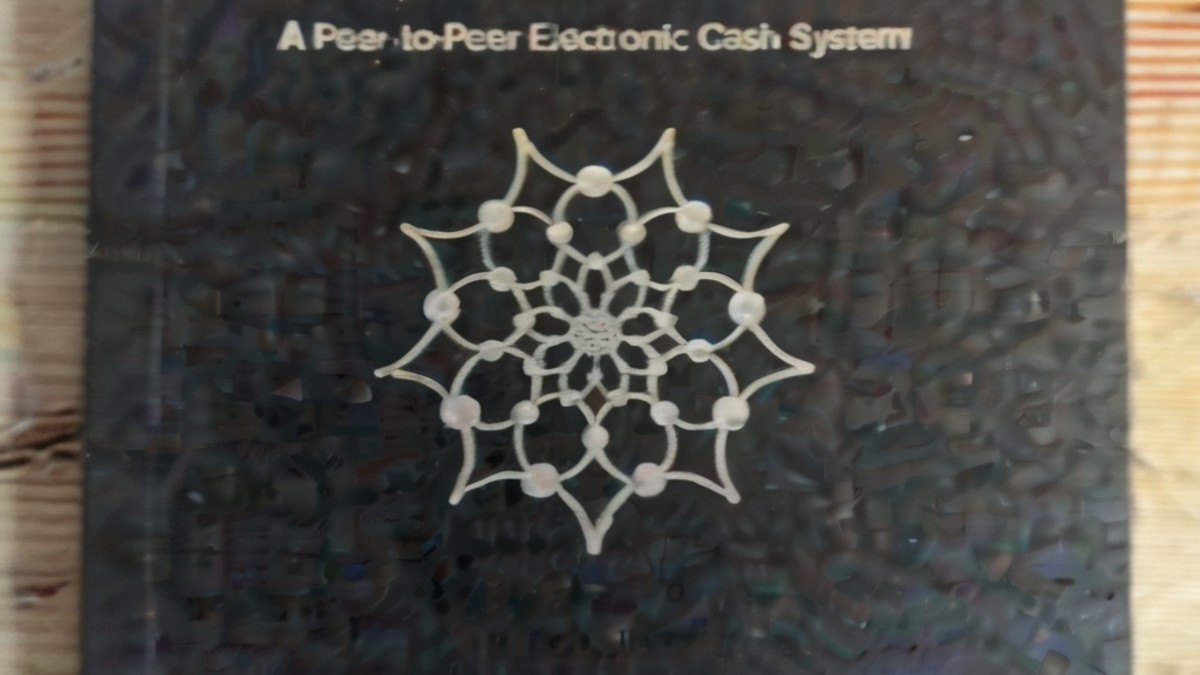It has now been sixteen years since the original publication of the Bitcoin whitepaper on the cryptography mailing list. Satoshi went and dropped the paper in the place it would be best received, where all of the cypherpunks and cryptography nerds who had been obsessed with digital cash systems for years hung out and regularly discussed that and other related topics.
The whitepaper was by no means even close to a comprehensive description of the Bitcoin protocol. It didn’t describe the scripting language at all, it didn’t go into a difficulty adjustment algorithm, it just vaguely described the concept of one. It didn’t define the exact protocol blocks were propagated across the network with (just a vague description), or the difference between consensus and policy rules. It didn’t define an issuance schedule or a total supply, just that it could be finite at some arbitrary value and eventually end issuance to support the network based solely on fees.
None of the actual implementation details or specifics of the actual system were described in any way whatsoever. Just the general concept of a proof-of-work secured blockchain and how it could function without a central third party taking the role of record keeper for the transaction history to prevent double-spending.
This is still a rather profound document given all of its shortcomings when weighed against the Bitcoin protocol itself in totality. Applying proof-of-work with a difficulty adjustment to the double-spend problem is the profound breakthrough that actually differentiated Bitcoin from prior attempts at digital cash, such as bitgold or e-cash.
While the whitepaper itself is by no means close to enough information to reimplement the protocol as it stands today, it is enough to replicate a similar enough system. It’s the heart of it, the bits that really had to exist for the protocol we know to be brought into the world. Despite its lack of details and specificity, it will stand the test of time as one of the most important academic papers released in the 21st century.
Everything brought into the world starts with an idea, and the ideas in this paper are truly profound in the implications and consequences they have had, and will continue to have on the world around us.
Happy Whitepaper Day.







